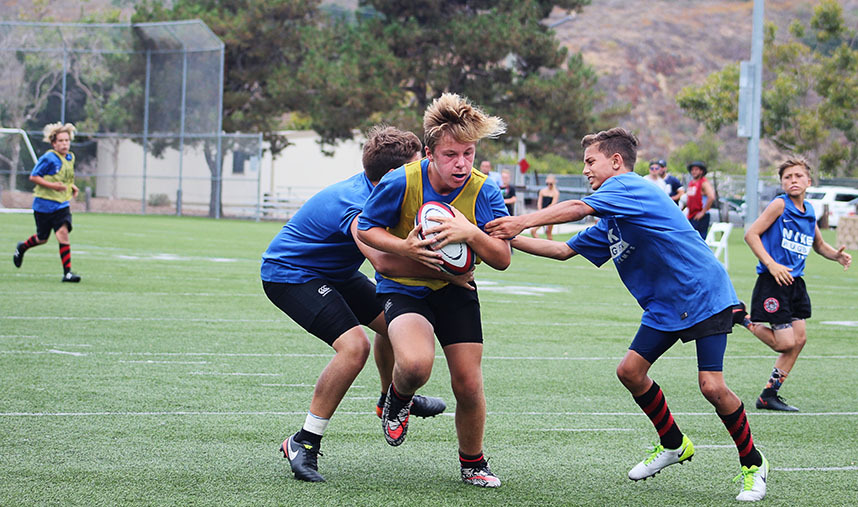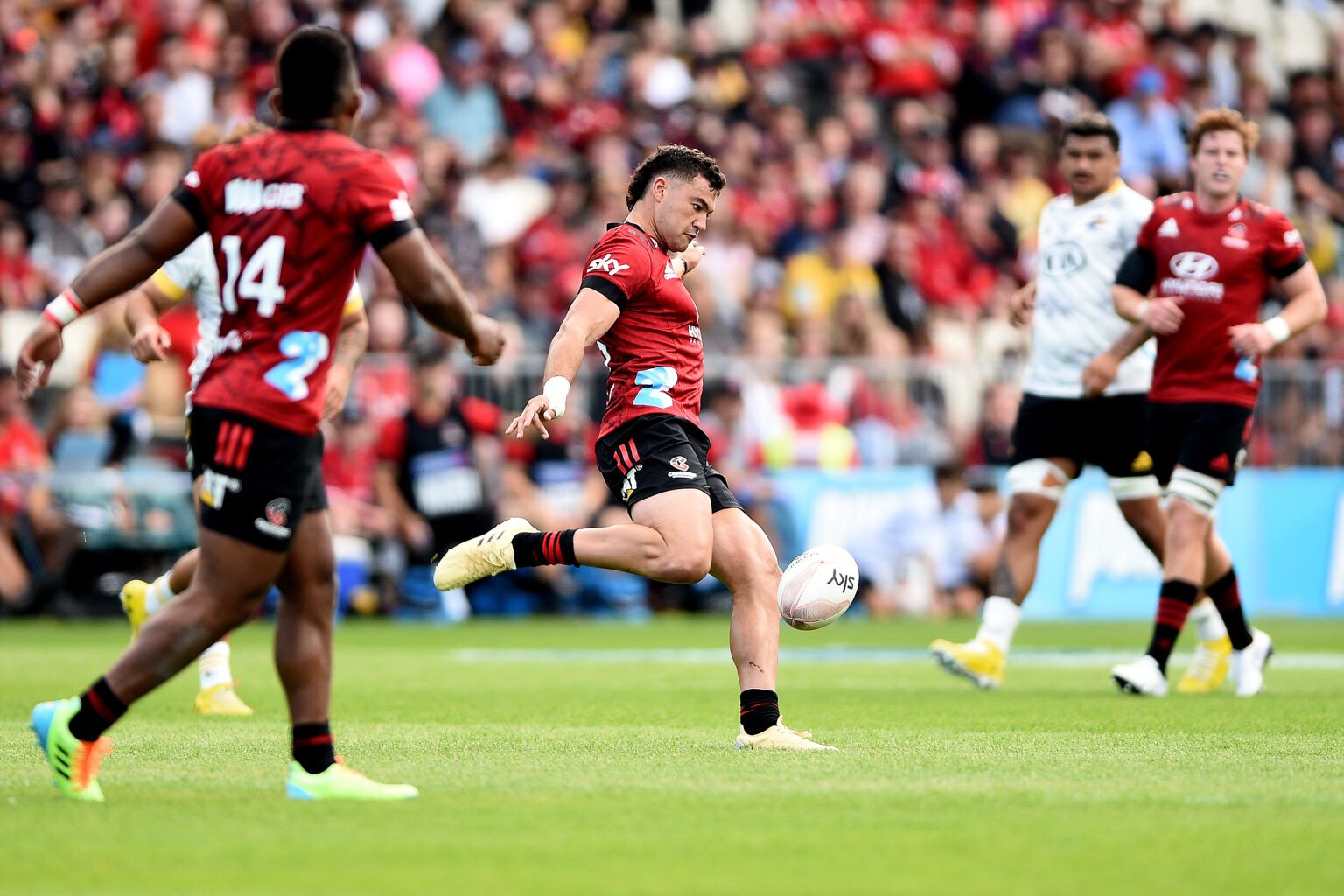I. Factors Affecting the Duration of a Rugby Game
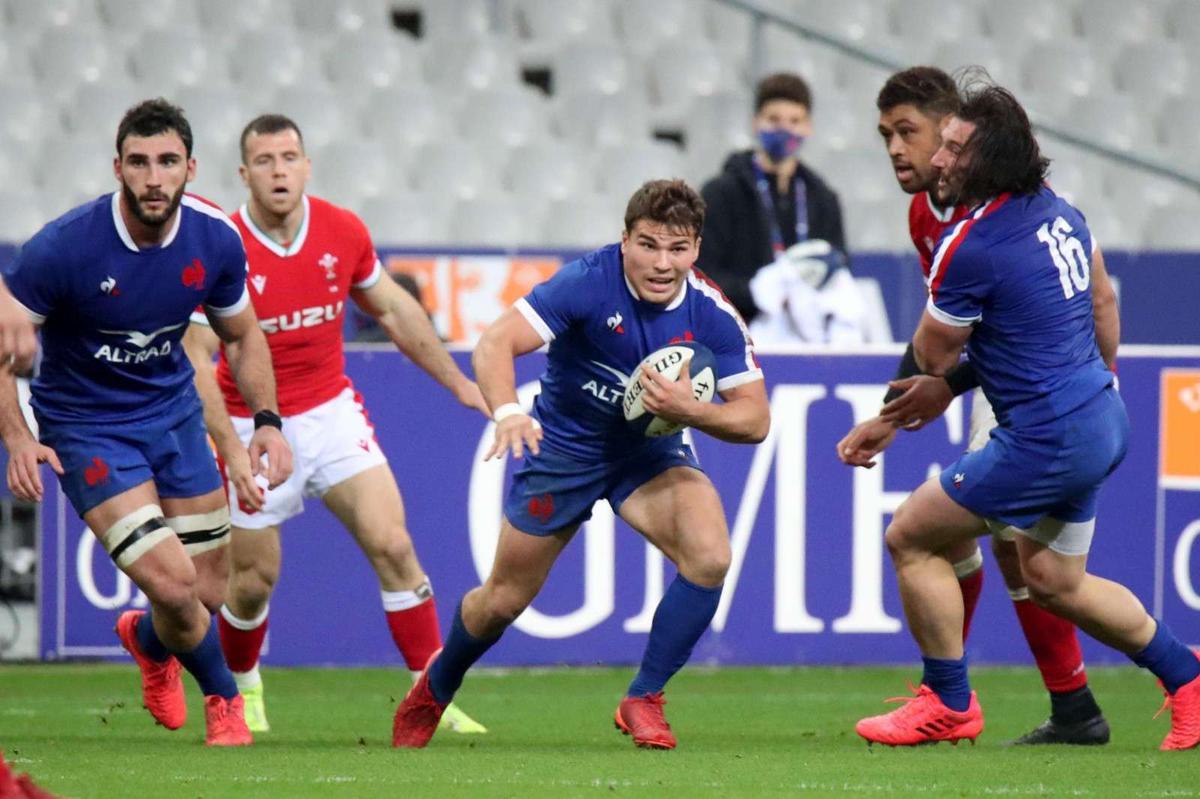
Rugby is a high-intensity sport that is played in two halves, with a break in between. The duration of a rugby game can vary depending on various factors that impact the first-half duration, half-time break, and second-half duration.
A. First-half duration
- Kick-off and set-up The first-half duration of a rugby game begins with the kick-off, where one team kicks the ball to the other team to signify the start of the match. The time taken for this process can vary depending on how the teams position themselves and the game’s level of organization.
- Intensity and pace of the game The intensity and pace of the game also affect the first-half duration. If both teams are aggressive and constantly attacking, the game may progress quickly, resulting in a shorter first-half duration. Conversely, if the game is more defensive and slower in pace, the first-half duration may be longer.
B. Half-time break
- Activities during the break The half-time break is an essential period for players to rest, recover, and regroup. Activities during this break, such as team talks, medical treatment, and rehydration, can impact the overall game duration. The length of this break can vary, usually lasting around 10-15 minutes.
- Importance for player recovery The half-time break is crucial for player recovery. It provides an opportunity for players to replenish their energy levels, receive any required medical attention, and discuss tactics with their coaches. The duration of the half-time break is necessary to ensure players have enough time to recuperate adequately.
C. Second-half duration
- Impact of substitutions Substitutions can impact the second-half duration of a rugby game. When teams make substitutions, it takes time for the new players to enter the field and for the game to resume. The more substitutions made, the longer the second-half duration may be.
- Time taken for various game situations (e.g., scrums, lineouts) The time taken for various game situations, such as scrums and lineouts, can also impact the second-half duration. These situations require players to set up and execute specific plays, which can take time. The more frequent these situations occur, the longer the second-half duration may be.
II. The Official Game Time
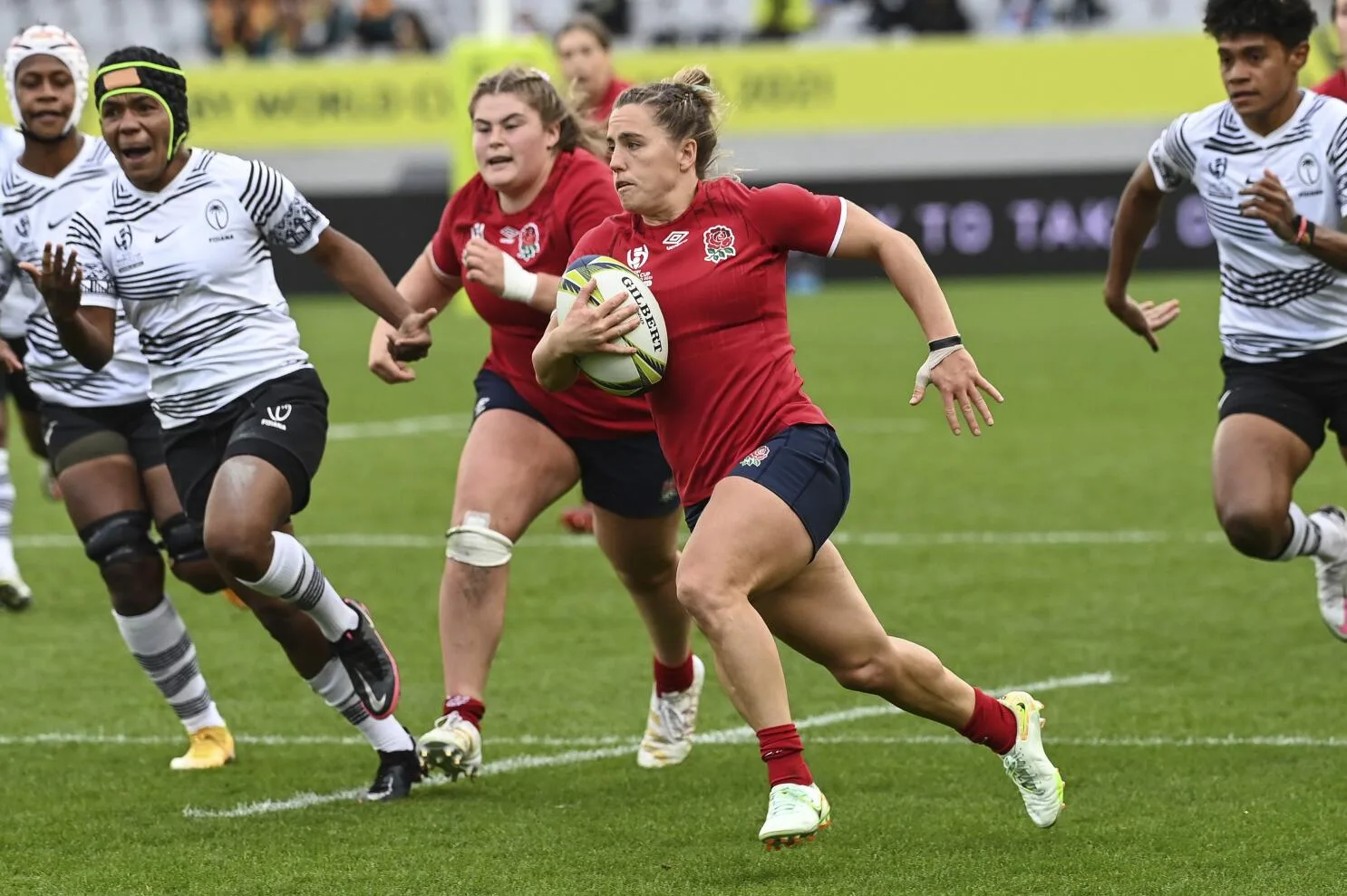
A. Rugby Union game duration
- Regular time and injury time considerations In Rugby Union, the regular game time is 80 minutes, divided into two 40-minute halves. However, additional time, called injury time, is usually added to compensate for stoppages in play due to injuries or other delays. The amount of injury time added can vary depending on the game’s circumstances.
- Factors affecting additional time Various factors can affect the amount of additional time added in Rugby Union. These include the number and severity of injuries, time taken for substitutions, review of contentious decisions by the referee, and any other unscheduled stoppages.
B. Rugby League game duration
- Fixed time duration for each half Unlike Rugby Union, Rugby League has a fixed game time duration for each half. In most professional Rugby League matches, each half lasts for 40 minutes, making the overall game time 80 minutes.
-
Overtime and golden point rules If a Rugby League game ends in a draw at the end of regular time, additional time may be played. This can happen in the form of overtime, where each team gets a specified amount of extra time to try and secure a win, or in the form of golden point rules, where the game continues until a team scores first.
III. Variations in Game Duration

A. International matches
- Extended game time for significant tournaments International rugby matches often have extended game time during significant tournaments. Tournaments like the Rugby World Cup or Six Nations Championship typically have longer games to accommodate the importance and intensity of these matches. This allows teams to have more playing time to showcase their skills and compete at the highest level.
- Impact of extra time and tie-breakers In international matches, especially in knockout stages, it is common to have extra time or tie-breakers if the game ends in a draw after regular time. Extra time provides both teams with additional playing time to break the deadlock and determine a winner. In some cases, penalty shootouts or sudden death scenarios may also be used to decide the outcome of the match.
B. Club and domestic matches
- League-specific regulations and variations Club and domestic matches can vary in duration based on the specific league regulations. Different rugby leagues around the world may have their rules regarding game time. Some leagues may have shorter matches than others to fit schedules or accommodate television broadcasting agreements.
- Time considerations for knockout matches Knockout matches in club and domestic competitions often have heightened time considerations. These matches are typically more significant and decisive in nature, and extra time or tie-breakers may be implemented if the match ends in a draw. Additionally, in knockout stages, teams may employ different tactics to manage the game clock strategically and control the pace of the match.
IV. Time Management in Rugby
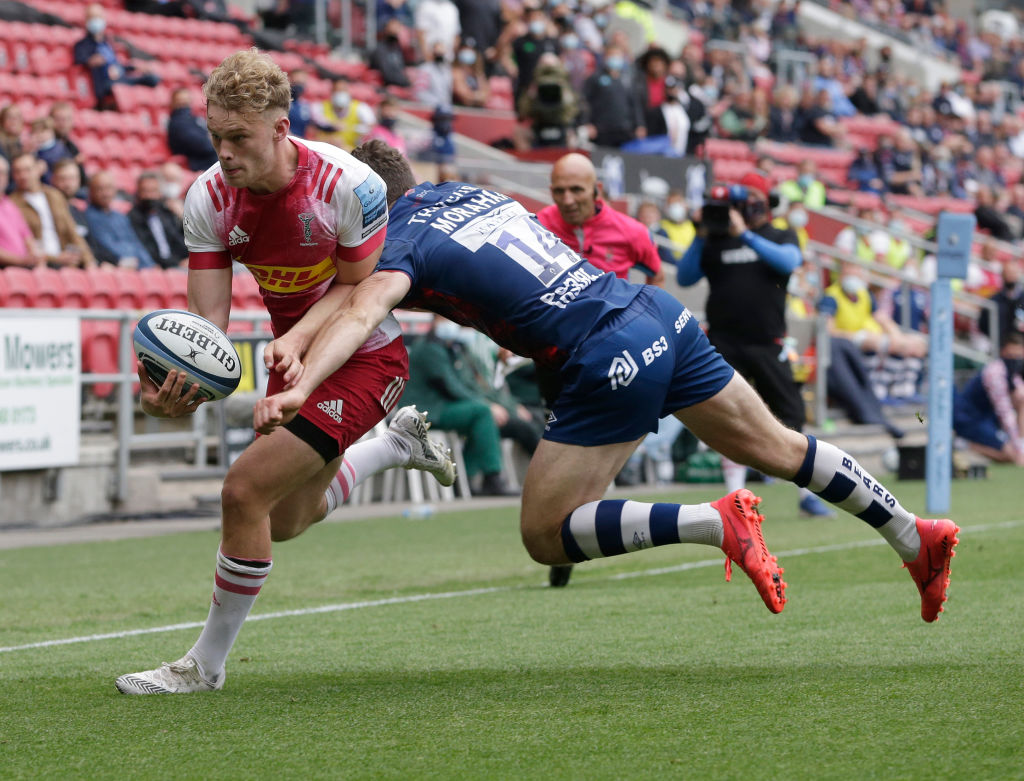
A. Strategies to minimize game clock stoppages
- Efficient set-piece routines Teams often practice set-piece routines, such as lineouts and scrums, to execute them quickly and minimize game clock stoppages. Well-drilled set-pieces ensure smooth transitions from one phase of play to another, reducing unnecessary delays in the game.
- Quick penalty and kick-off restarts Teams can gain an advantage by quickly taking penalties and restarting the game after a try or penalty kick. By doing so, they can catch the opposition off guard, maintain momentum, and keep the game flowing without unnecessary delays.
B. Player tactics to control game rhythm
- Slowing down or speeding up play Players can strategically control the rhythm of the game based on the situation. Slowing down the pace of play can help a team preserve a lead, run down the clock, or disrupt the opposition’s attacking momentum. Conversely, speeding up the game may be employed to catch the opposition off guard, create scoring opportunities, or force errors.
- Effective time-wasting measures In situations where a team is leading and wants to protect their advantage, players may employ time-wasting measures. This can include delaying restarts, taking longer with throw-ins or scrums, or intentionally slowing down the process of setting up lineouts. These tactics can frustrate the opposition and eat up valuable game time.
Conclusion:
Understanding the various factors that influence the duration of a rugby game is essential for rugby enthusiasts and fans alike. The duration can vary based on the level of competition, specific tournament regulations, and strategic time management. By exploring these aspects, we can gain a deeper insight into the dynamics of the game and appreciate the importance of time in rugby.
